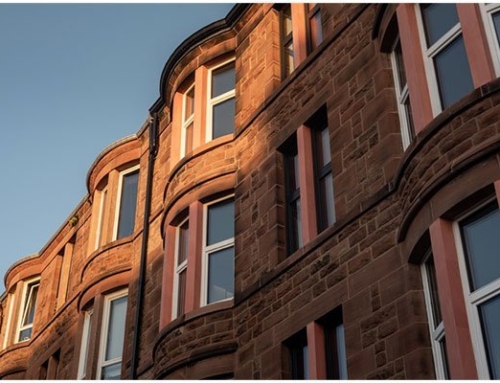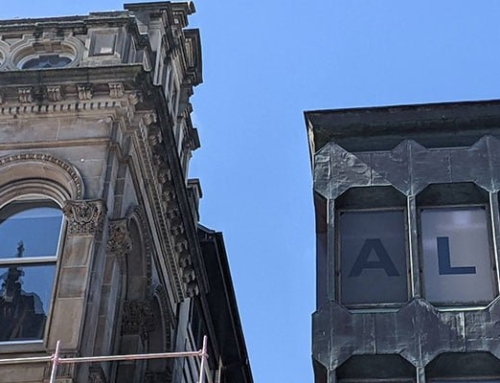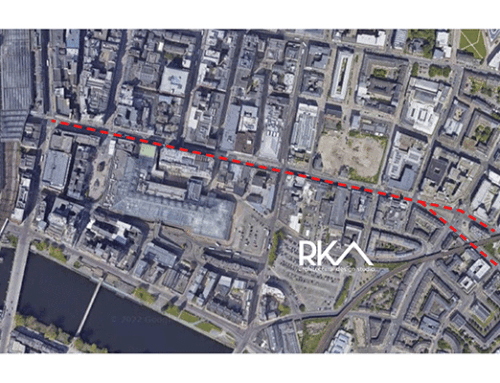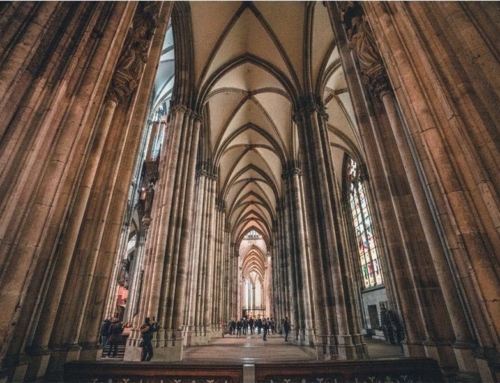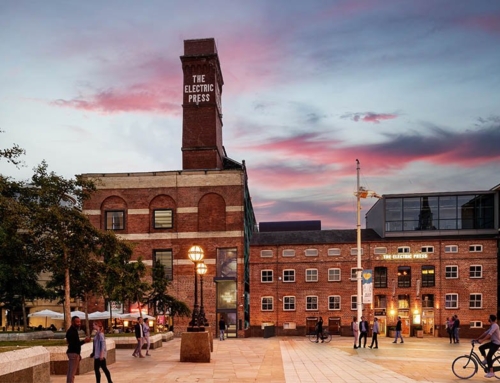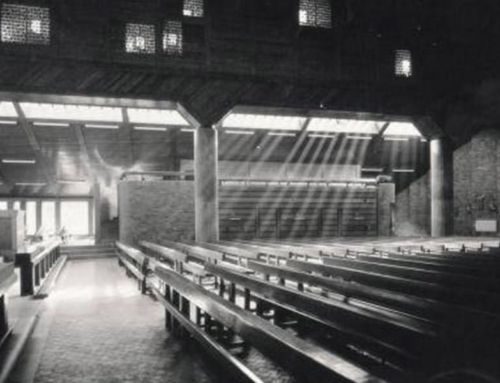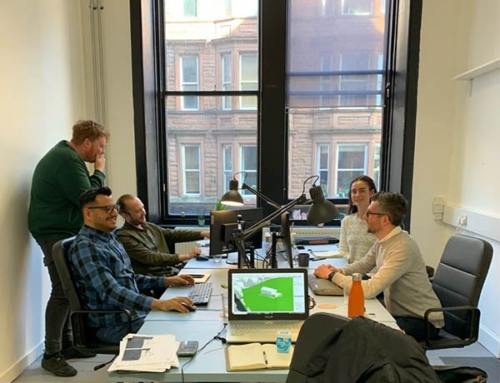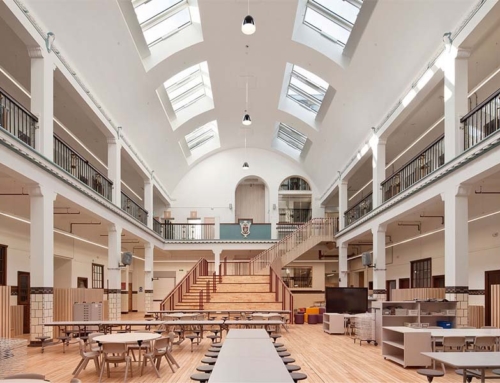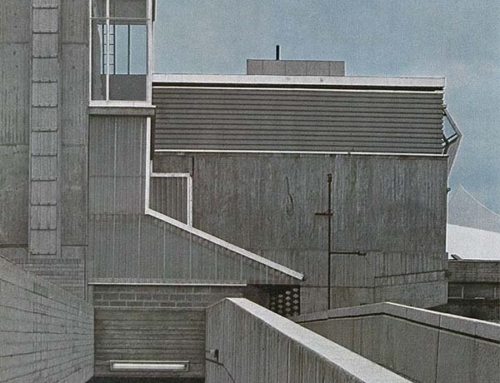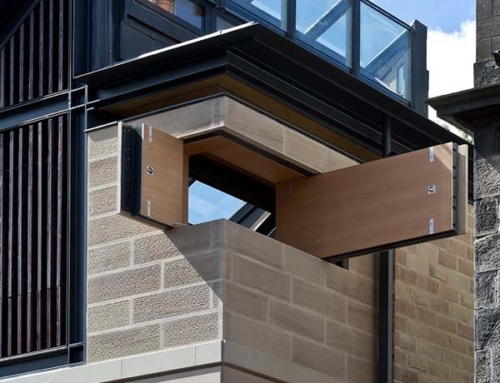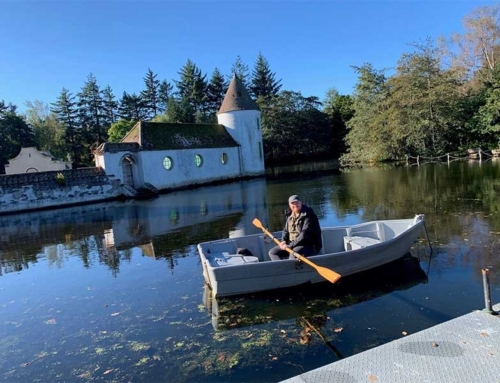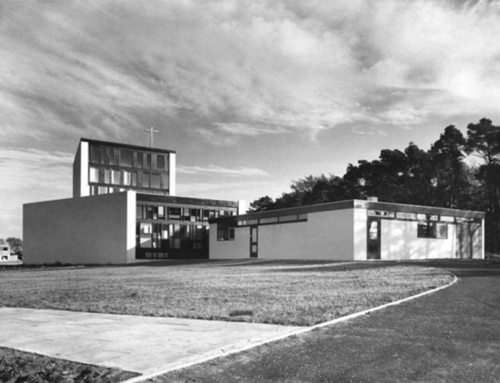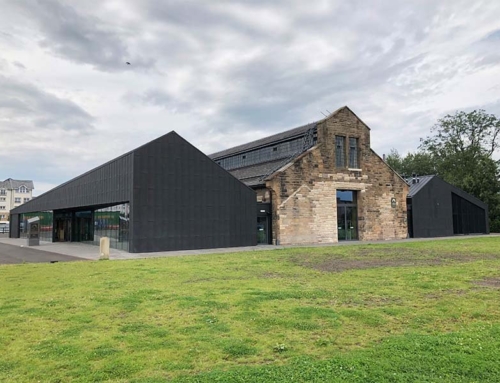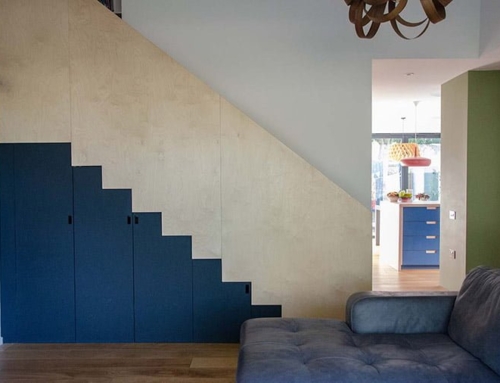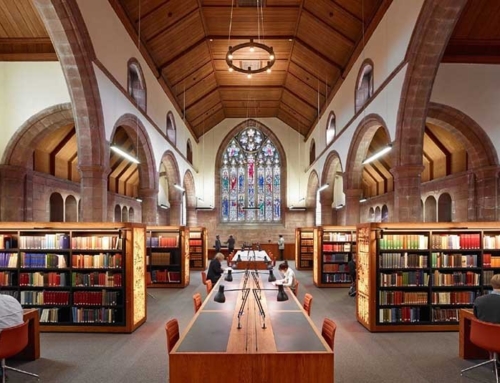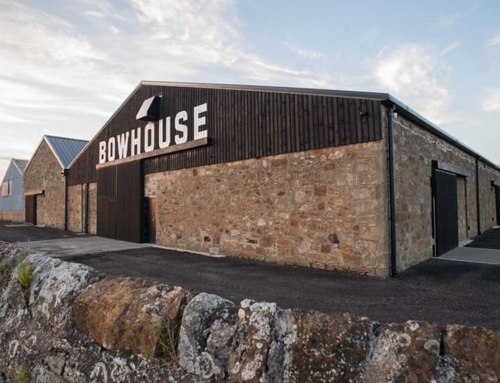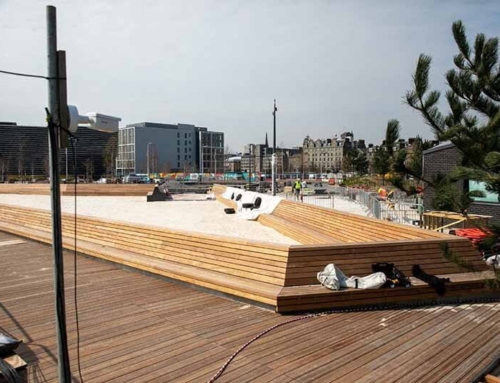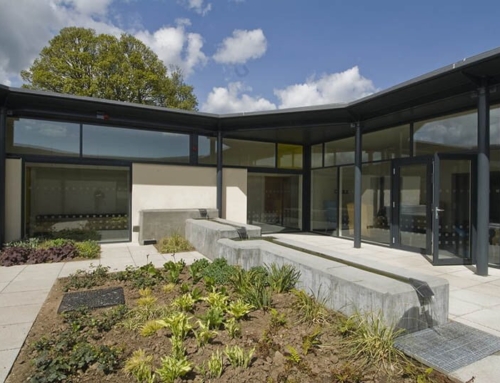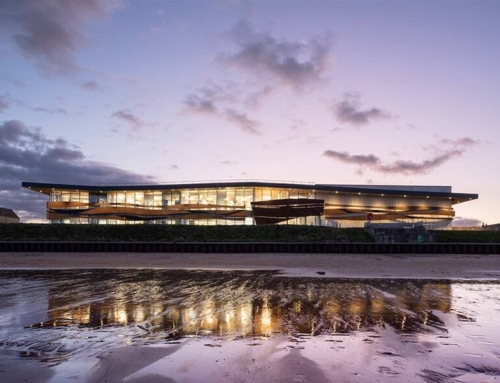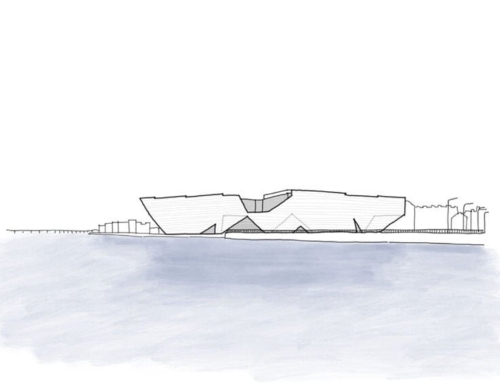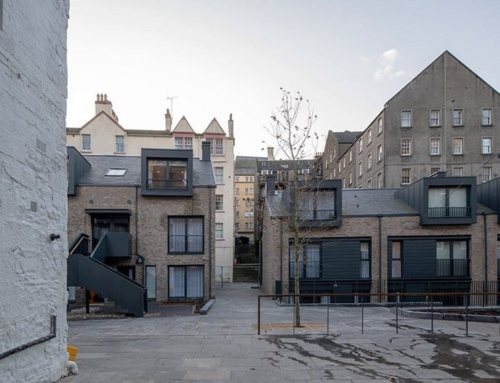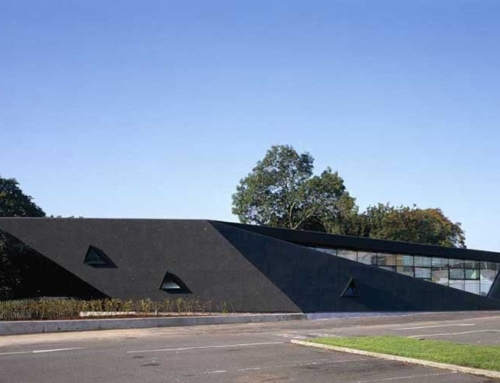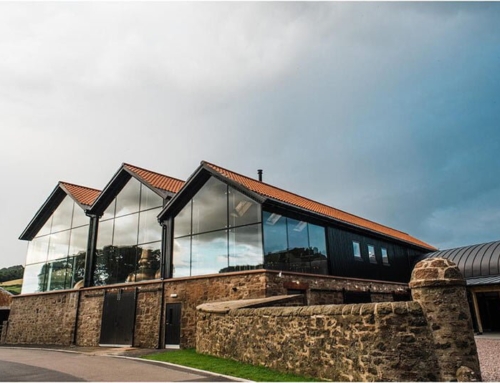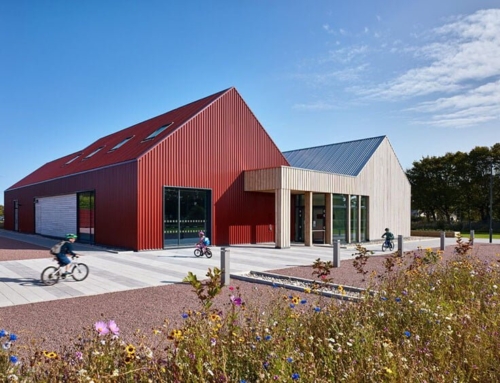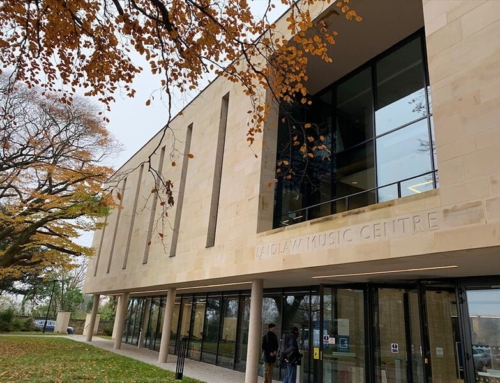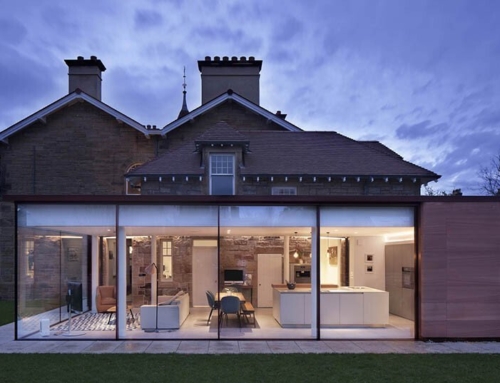
Blog: Alhambra Theatre, Dunfermline
Architect: John Fraser
Year Completed: 1922
Many times when we talk about architecture we think only of new buildings, where the architect’s job is to think and design from scratch how these new spaces will look and feel.
This idea is not far from reality but it is also the work of architects to preserve buildings that were once an important part in the history and daily life of certain places. Many buildings end up being demolished for different reasons such as high maintenance costs, the dynamics of the place have changed or simply due to lack of interest.
Last weekend I had the opportunity to visit the Alhambra Theatre in Dunfermline, which celebrates 100 years of having opened its doors to the public.
The Alhambra was designed by architect John Fraser in 1922, originally as a theater and cinema and was at the time the largest brick building in Dunfermline. It became so important that in 1928 then Duke & Duchess of York, later King George VI, and Queen Elizabeth (the Queen Mother) were given The Freedom Of Dunfermline on the Alhambra’s stage: the fourth largest in Scotland.
Despite the prestige of this massive stage, many Fifers will remember the Alhambra as a cinema rather than as a theatre: it was operated as such from August 1924 until January 1965.
The introduction of bingo has saved many a theatre building from the wrecker’s ball. The conversion did not require major alteration to the interior fabric and features, and means that the Alhambra’s Category B-Listed Egyptian, Classical & Art Deco interior survives largely intact and unaltered from its glory days.
The largest neon sign in Fife which was erected on the Alhambra’s New Row aspect in November 1950. It was green, orange & cerise in colour and its 30″ high vertical ‘ALHAMBRA’ lettering resulted in a sign of approximately 20 feet in height. This spectacular landmark was reinstated in June 2011 and once again towers high over the town, a shining beacon to the success of the Alhambra restoration project.
This is a good example of how the use of a building can be transformed, but at the same time retaining most of its original architectural elements.


